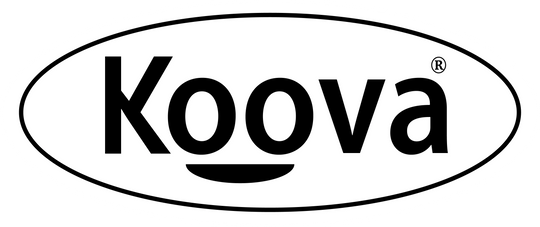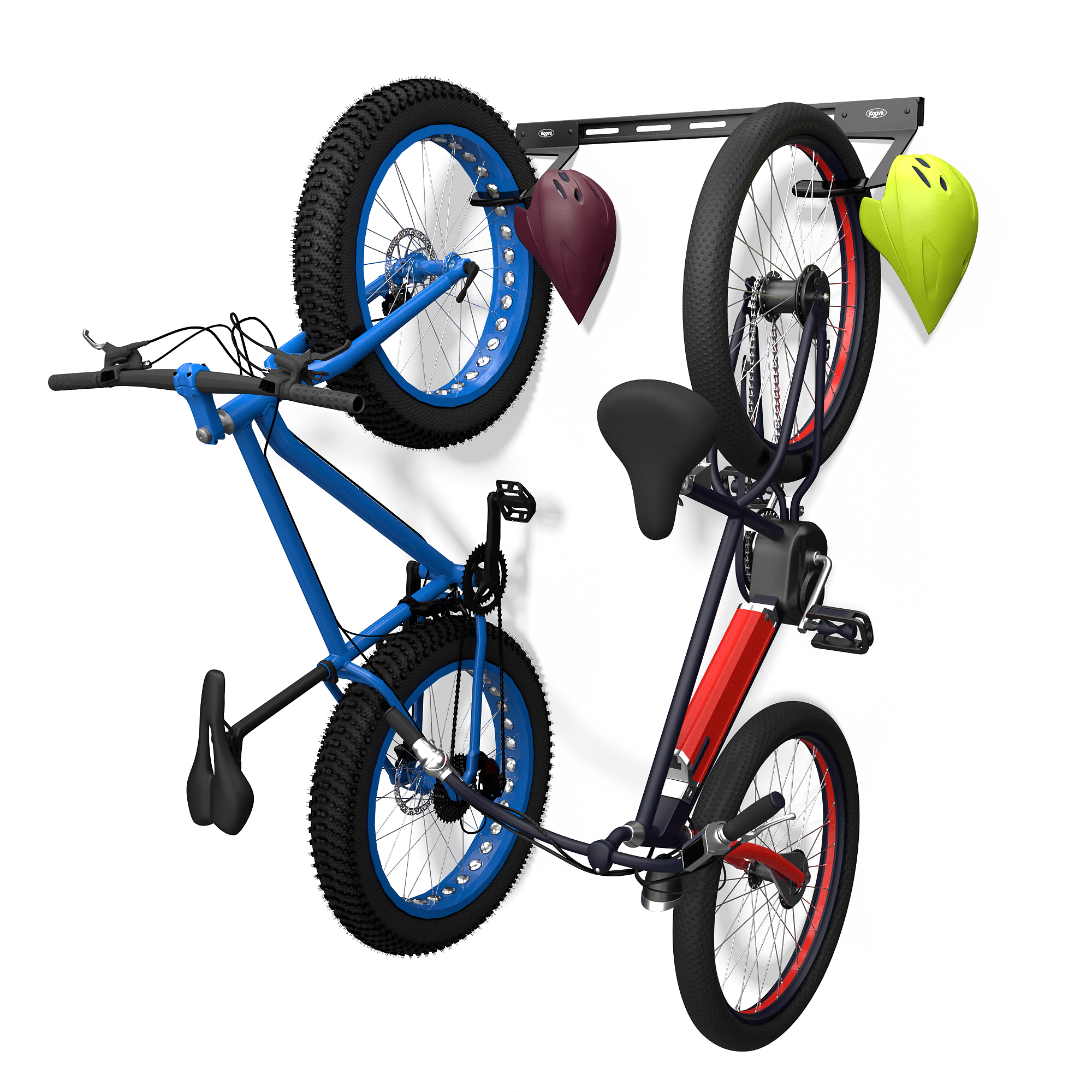Having an organized pantry is the key to running a smooth and efficient kitchen. Not only does it save you time when cooking or baking, but it also helps reduce food waste and prevents unnecessary spending on items you already have but cannot find. In this article, we will provide you with some practical tips on how to organize your pantry for maximum efficiency.
Categorize and Declutter
The first step in organizing your pantry is to categorize and declutter. Start by taking everything out of your pantry and sorting them into categories such as grains, canned goods, condiments, baking supplies, snacks, and spices. This will give you a clear picture of what you have and help you identify any duplicates or expired items.
Once you have sorted your items, it's time to declutter. Get rid of any expired or stale products. If you find duplicates, consider donating them or giving them to friends or neighbors. Decluttering your pantry will create more space and make it easier to see and access your ingredients.
Invest in Storage Containers
Investing in storage containers can be a game-changer when it comes to organizing your pantry. Not only do they keep your pantry looking neat and tidy, but they also help to extend the shelf life of your ingredients by keeping them airtight and protected from pests.
When choosing storage containers, opt for transparent ones so you can easily see the contents inside. Airtight containers with secure lids are perfect for storing grains, cereals, pasta, and snacks. For smaller items like spices or tea bags, consider using labeled glass jars or spice containers to keep them organized and easily accessible.
Utilize Vertical Space
Make the most of your pantry by utilizing the often-overlooked vertical space. Install adjustable shelves or hanging racks to maximize the use of vertical space. This allows you to store items such as baking sheets, cutting boards, and trays vertically rather than horizontally, creating more room for other pantry items.
Implement a FIFO System
FIFO stands for "First In, First Out" and is a system commonly used in the food industry to ensure that older products are used before newer ones. Implementing a FIFO system in your pantry can prevent food waste and keep your ingredients fresh.
To implement a FIFO system, place newer items at the back of your pantry shelves or storage containers and older items towards the front. This way, you will naturally grab the older products first when cooking or baking, ensuring that nothing goes to waste.
Label Everything
Labeling is an essential step in pantry organization. It helps you quickly locate ingredients and keeps everything in its designated place. Use clear, readable labels to mark your storage containers, shelves, and pantry sections.
Consider using a label maker or printable labels for a more professional look. You can label your containers with the name of the ingredient, its expiration date, or its intended use. This makes it easier for you to find what you need and avoids confusion when cooking.
Create Zones
Creating zones in your pantry helps you visually separate different categories of ingredients and makes it easier to find what you need. Split your pantry into different sections or shelves based on the categories you established earlier.
For example, dedicate one section to grains and cereals, one for canned goods, one for baking supplies, and another for snacks. This way, you can quickly locate the ingredients you need without having to search through the entire pantry.
Consider Accessibility
When organizing your pantry, it's crucial to consider accessibility. Place frequently used items within easy reach and reserve the higher shelves for items you use less often. This makes it more convenient for you to grab the ingredients you need without having to search or move other items.
Additionally, consider using pull-out or slide-out storage solutions for deep pantry shelves. These allow you to easily access items at the back without having to move everything in front.
Use Door Space
The back of your pantry door is valuable space that can be utilized for additional storage. Install an over-the-door organizer or hanging racks on the inside of your pantry door to store small items such as spices, sauces, or snack bars. This helps free up shelf space and keeps frequently used items within easy reach.
Keep a Shopping List
Maintaining a shopping list is essential for efficient pantry organization. As you run out of an ingredient or notice it getting low, immediately add it to your shopping list. This ensures that you never run out of essential items and helps you avoid purchasing unnecessary duplicates.
Keep your shopping list easily accessible, whether it's on a notepad on your fridge or a digital list on your phone. Whenever you go grocery shopping, check your pantry and cross off items that you no longer need.
Plan and Prep Meals
Meal planning and prepping can greatly contribute to an organized pantry and a more efficient kitchen. Take some time each week to plan your meals and create a list of ingredients you will need. This not only saves you time and stress but also prevents you from overstocking your pantry with unnecessary items.
When prepping your meals, consider portioning out ingredients such as grains or snacks into individual containers. This makes it easier for you to grab them when needed and helps control portion sizes.
Maintain Regular Maintenance
Once you have organized your pantry, it's essential to maintain regular maintenance to keep it organized and efficient. Schedule a regular cleaning session where you can check for expired products, wipe down shelves, and reorganize if necessary.
As you use up ingredients, make it a habit to put them back in their designated places. This helps you maintain the organization and prevent clutter from building up over time.
Conclusion
Organizing your pantry is a worthwhile endeavor that pays off in the long run. By categorizing, decluttering, and investing in storage containers, you can create a more efficient kitchen. Utilize vertical space, implement a FIFO system, and label everything to maximize functionality. Create zones, consider accessibility, and use the door space effectively. Keep a shopping list, plan and prep meals, and maintain regular maintenance. By following these strategies, you can transform your pantry into an organized and efficient space, making cooking and meal preparation a breeze.


